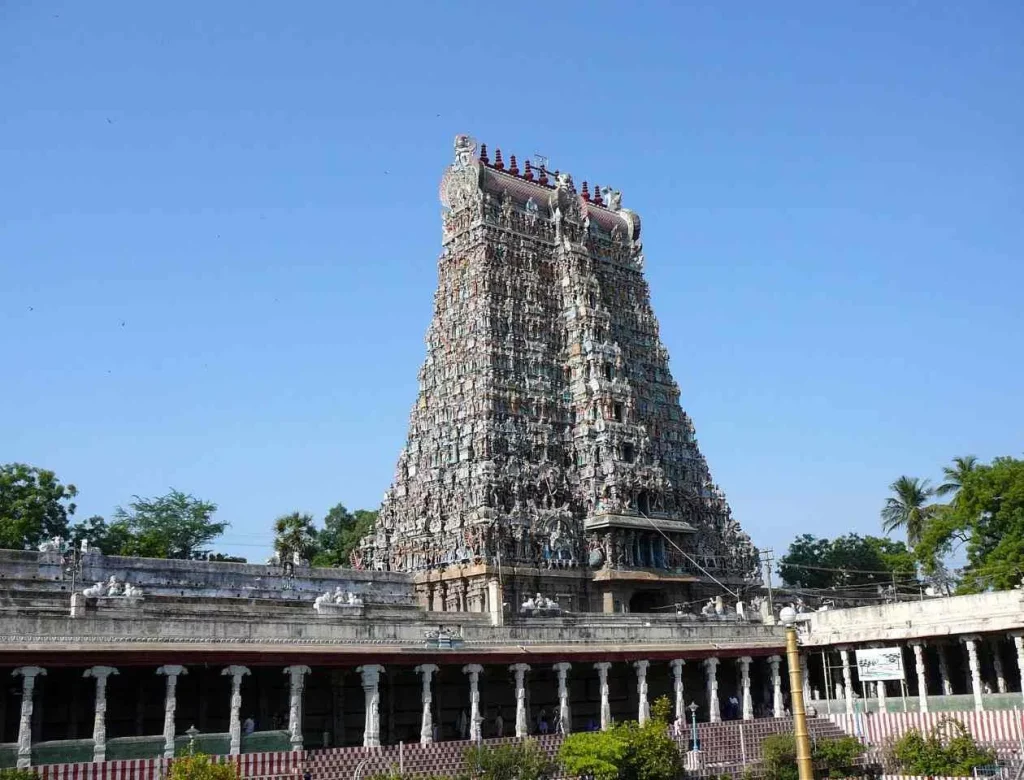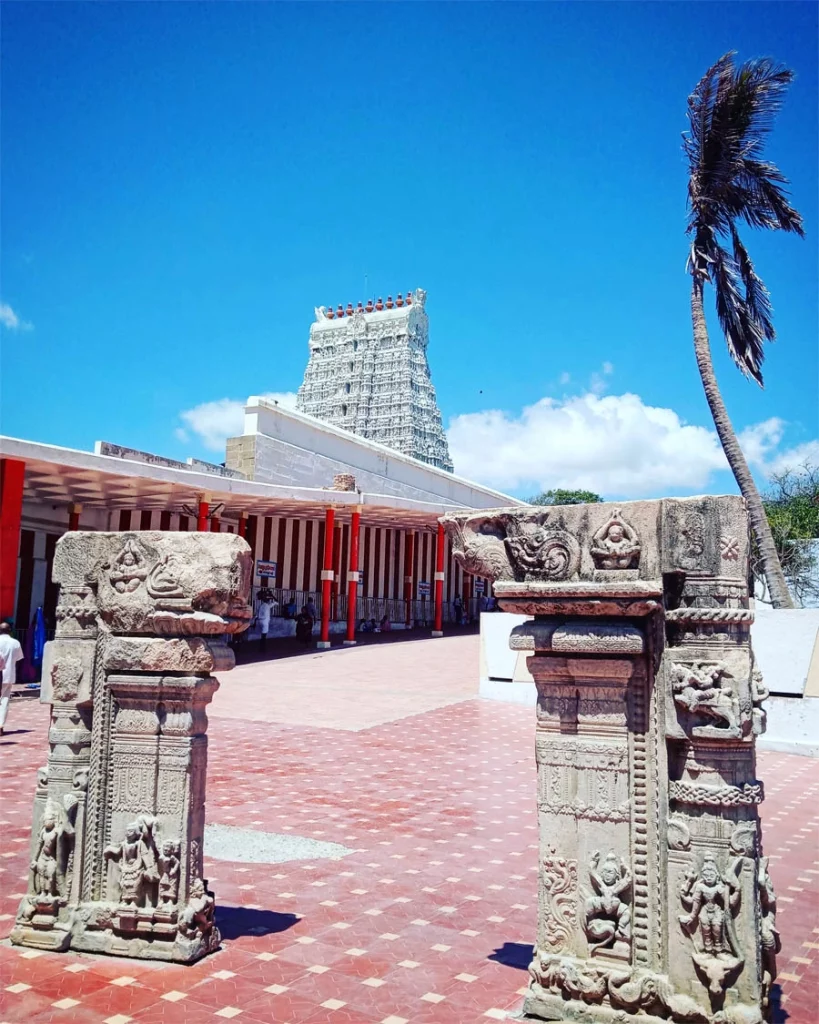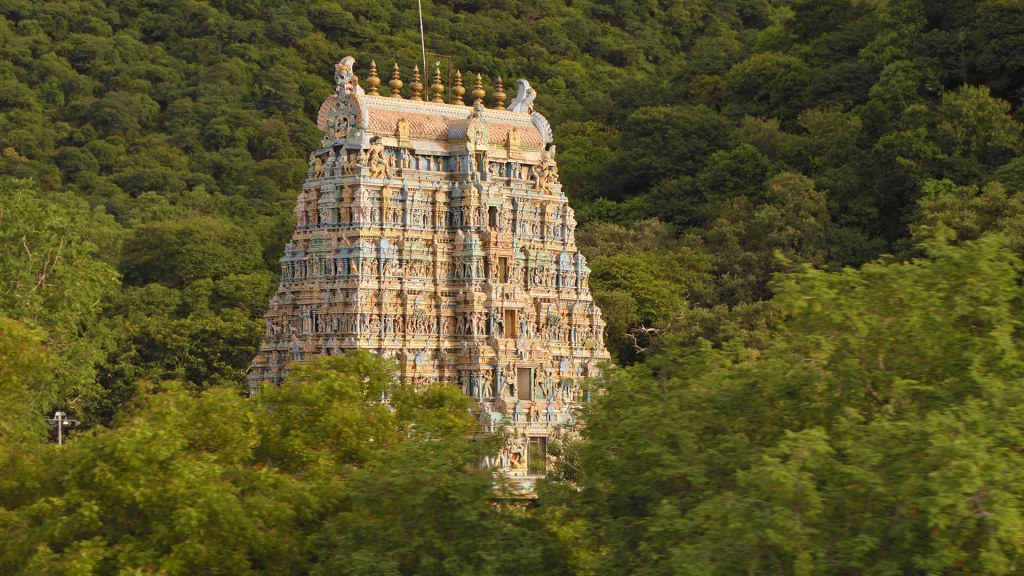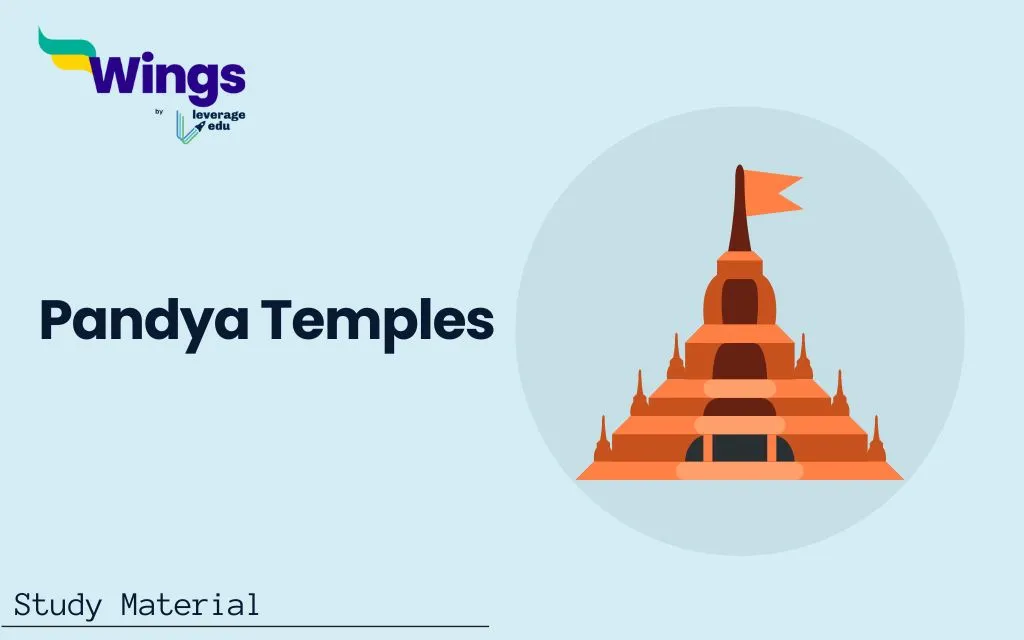The Pandya Empire was one of the most powerful Tamil dynasties in southern India. The art and architecture of that era represent their cultural heritage. This heritage can be seen in the sculptures and designs of temples created during the Pandya era. From education to sculptures and art to architecture, the Pandyas left an everlasting legacy of artistic expression. In this section, we will cover the temples of the Pandya Empire, which are artistic masterpieces from that era. This topic has the potential to appear in the art and culture sections of various competitive exams, including UPSC, SSC and EPFO. To know more about the Pandya Temples and their legacy, keep reading and learning.
Contents
Historical Background of the Pandya Temples
The Pandya Dynasty is one of the oldest dynasties in South India. This dynasty made significant contributions to art and architecture, particularly temples. The temples built during the Pandya Dynasty are known as Pandya Temples and are scattered throughout Tamil Nadu and parts of Kerala. These sites not only serve as places of worship but also as symbols of art, culture, and history.
- The Pandya Dynasty had its peak influence during the 6th and 14th centuries.
- They were known as patrons of art, literature, and religion.
- The temples built under their reign were mostly devoted to Hindu religions, with a focus on Shaivism and Vaishnavism.
Also Read: Pandyas: History, Rulers, Contributions
Architectural Features of Pandya Temples
Pandya temples are known for their distinct features and characteristics, which have evolved over the ages. The creation of rock-cut cave temples occurred during the early Pandya period, whereas structures with detailed carvings developed later.

Rock-Cut Temples
The early kings of the Pandya Dynasty built numerous rock-cut temples. These are the oldest remaining examples of Tamil architecture. These temples are carved from a single rock and have a simple design. Notable examples include the rock-cut caves at Thirupparankundram and Sittannavasal.
- Thirupparankundram: This cave temple is dedicated to Lord Murugan and is renowned for its monolithic structures.
- Sittannavasal: This temple is known for its beautiful mural painting which dates back to the 7th century. It showcases the skills of early Pandya artists.
Structural Temples
As time passed, this dynasty saw structural architectural changes in temples. These temples are notable for their tall gopurams, mandapams (halls), and sculptures. Some famous structural temples include the Meenakshi Amman Temple and the Koodal Azhagar Temple.
- Meenakshi Amman Temple: Meenakshi Temple is one of the most famous Pandya temples. This temple is dedicated to Goddess Meenakshi and Lord Sundareswarar. This temple is an architectural marvel with thousands of colourful sculptures.
- Koodal Azhagar Temple: Another important temple of the Pandya Dynasty is Koodal Azhagar, which is dedicated to Lord Vishnu. This temple is in Madurai and is known for its VImana and beautiful sculptures.
Also Read: Temple Architecture and Different Styles
Artistic Contributions of Pandya Temples
The temples built under the reign of the Pandyas made significant contributions to the art and architecture of cultural heritage. The sculptures and carvings in these temples reflect scenes from Hindu mythology, as well as many gods and goddesses.
- The bronze images of Nataraja (dancing Shiva) and various avatars of Vishnu are regarded as masterpieces of Indian art.
- The vibrant paintings of Sittannavasal, with amazing detailing, provide a look into the artistic traditions of the early Pandya period.
Cultural Significance and Preservation of Pandya Temples
The architecture and paintings of Pandya Temples are the most notable examples of their culture and tradition. These temples played an important role in the people’s cultural and religious lives.
- These temples held many festivals, prayers, and cultural events.
- The annual festivities at these temples, such as the Meenakshi Thirukalyanam, attract thousands of devotees and tourists from all over the world.
- These celebrations promote religious and cultural knowledge while honouring the Pandya Dynasty’s legacy.
- Many Pandya temples have undergone renovations over the years. Organisations such as the Archaeological Survey of India (ASI) have worked to preserve these historical masterpieces.
- The artistic traditions established by the Pandyas impacted several South Indian dynasties, including Chola and Vijayanagar.
- The characteristic feature of the Pandya architectural style continues to inspire modern temple architecture in South India.
Examples of Pandya Temples
There are many famous Pandya temples throughout the country, which are seen as architectural masterpieces. We have mentioned some examples of Pandya Temples below.
- Tiruchendur Murugan Temple

- This temple is located in Tiruchendur, Tamil Nadu.
- This temple is one of the six abodes of Lord Murugan and is located on the seashore.
- The temple is known for its annual Skanda Sashti festival where the battle between Lord Kartikey is depicted.
- Srivilliputhur Andal Temple

- Pandya Temples: An Artistic Masterpiece of the South .This masterpiece is dedicated to the Goddess Andal and Lord Ranganatha.
- It has one of the tallest gopurams in Tamil Nadu and reflects the artistic excellence of the Pandya period.
- It is one of the 108 Divya Desams, the holy shrines of Vishnu.
- Azhagar Kovil

- This temple is situated near Madurai in Tamil Nadu.
- This temple is dedicated to Lord Vishnu, which is here known as the Kallazhagar.
- The temple is famous for its Chithirai festival, where Lord Vishnu is believed to visit his sister Goddess Meenakshi.
The Pandya temples are evidence of their contribution to South Indian art and culture. These temples offer a glimpse into the rich cultural heritage of ancient Tamil Nadu and stand as symbols of the Pandya dynasty’s legacy.
Related Posts
FAQs
The Pandya Dynasty is one of the oldest dynasties in South India. This dynasty made significant contributions to art and architecture, particularly temples. The temples built during the Pandya Dynasty are known as Pandya Temples and are scattered throughout Tamil Nadu and parts of Kerala.
The Pandya Dynasty has contributed to the building of temples which evolved over the years. Their architectural style has mostly led to the development of Rock-cut Temple and STructyural Temple.
These temples held many festivals, prayers, and cultural events. The annual festivities at these temples attract thousands of devotees and tourists from all over the world. These celebrations promote religious and cultural knowledge while honouring the Pandya Dynasty’s legacy.
This was all about the “Pandya Temples”. For more such informative blogs, check out our UPSC Exams Section and Study Material Section, or you can learn more about us by visiting our Indian exams page
 One app for all your study abroad needs
One app for all your study abroad needs














